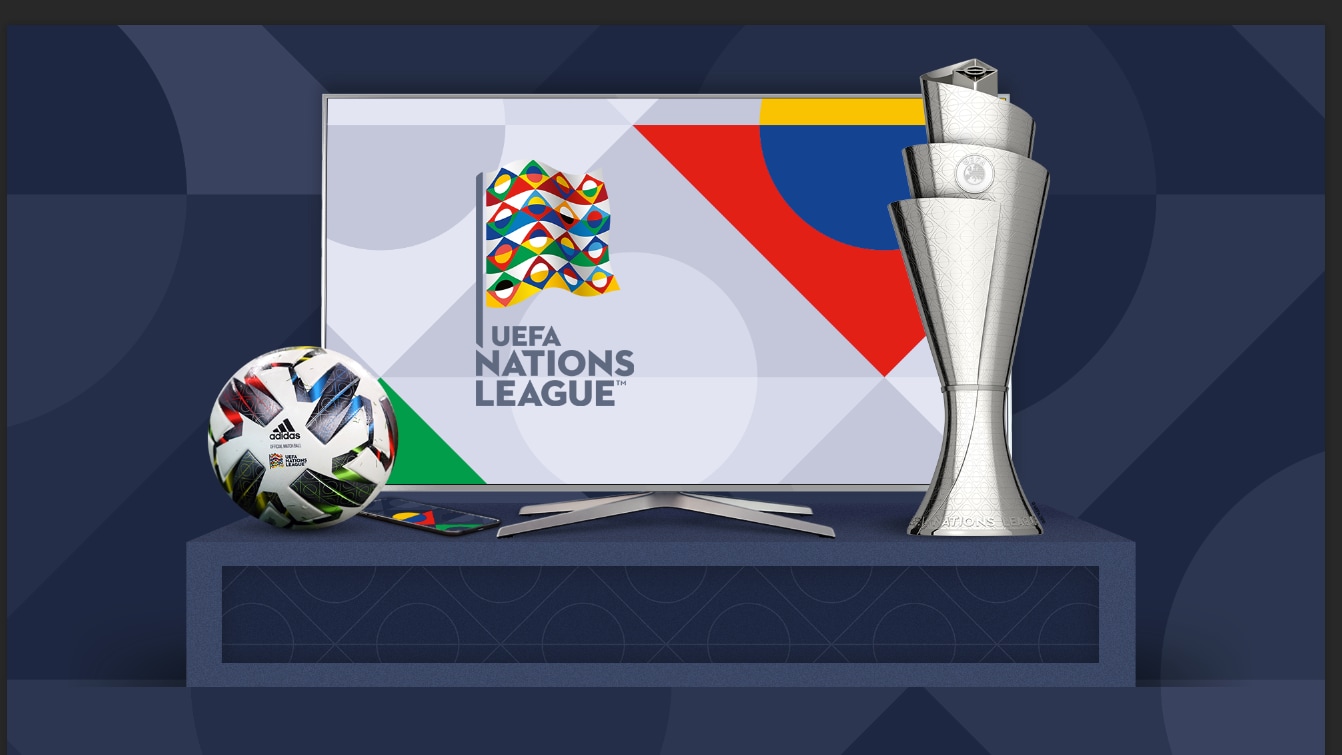Nations League Cup fixtures are shaping up to be a thrilling spectacle of international football. This year’s competition promises intense matches, unexpected upsets, and the ever-present drama of promotion and relegation. From analyzing team performance based on their fixture lists to predicting match outcomes using sophisticated models, we delve into the intricacies of this dynamic tournament. The stakes are high, as national pride and qualification for major tournaments hang in the balance.
This guide provides a detailed breakdown of the Nations League Cup, exploring its format, historical context, and the factors influencing match scheduling. We’ll examine the impact of home advantage, dissect key matches, and even venture into predicting outcomes using data-driven models. Visualizations will help clarify the complex schedule, allowing for easier understanding of the competition’s flow.
Understanding the Nations League Cup
The UEFA Nations League is an international football competition involving the men’s national teams of the UEFA member associations. Established in 2018, it replaced most friendly matches with competitive fixtures, offering a more structured and meaningful format for international football outside of major tournaments like the European Championship and World Cup.
Nations League Format and Tiers
The competition is divided into four leagues (A, B, C, and D), each with several groups of teams. Teams are ranked based on their UEFA national team coefficient rankings, determining their initial league placement. Within each league, teams play home and away matches against other teams in their group. The top teams in each group in League A compete in a final four tournament to determine the overall winner.
At the end of each Nations League cycle, teams are promoted or relegated based on their group standings.
- League A: Top-ranked nations. Promotion is not possible; relegation to League B is possible.
- League B: Mid-ranked nations. Promotion to League A and relegation to League C are both possible.
- League C: Lower-ranked nations. Promotion to League B and relegation to League D are both possible.
- League D: Lowest-ranked nations. Promotion to League C is possible; relegation is not possible.
Historical Overview of the Nations League
The inaugural Nations League in 2018-19 saw Portugal emerge victorious, defeating the Netherlands in the final. Significant moments include the emergence of unexpected teams challenging traditional powerhouses and the overall increased competitiveness of international football matches. The tournament has provided valuable competitive experience for smaller nations and opportunities for less-established teams to gain valuable rankings points.
Analyzing Fixture Schedules
Fixture scheduling in the Nations League considers numerous factors to ensure fairness, maximize audience engagement, and accommodate team and broadcast requirements. These factors include team availability due to domestic league schedules, broadcast deals, and travel logistics.
Sample Nations League Fixture Schedule
This hypothetical schedule illustrates a possible group stage for League B, Group 3.
| Date | Time (UTC) | Home Team | Away Team |
|---|---|---|---|
| September 8, 2024 | 19:45 | Team A | Team B |
| September 11, 2024 | 20:00 | Team C | Team D |
| October 12, 2024 | 18:00 | Team B | Team C |
| October 15, 2024 | 19:45 | Team D | Team A |
| November 16, 2024 | 20:00 | Team A | Team C |
| November 19, 2024 | 19:45 | Team B | Team D |
| March 26, 2025 | 19:45 | Team C | Team A |
| March 29, 2025 | 20:00 | Team D | Team B |
Team Performance and Fixture Impact

Home advantage consistently plays a significant role in football matches. The familiarity of the surroundings, support from home fans, and reduced travel fatigue can positively influence a team’s performance. Analyzing fixture lists allows for a comparison of teams’ strengths based on their schedule’s difficulty. For example, a team with a challenging fixture list might underperform compared to a team with a comparatively easier one, even if the team’s overall quality is higher.
Key Matches and Performance Analysis
Identifying key matches involves considering the current standings of the teams involved, their historical performance against each other, and the potential implications of the result on the final standings. Matches between teams competing for promotion or to avoid relegation are typically considered key matches. Analyzing team form, recent results, and player availability is crucial for accurate predictions.
Predicting Match Outcomes

Predicting match outcomes requires a multifaceted approach. A simple model might consider past head-to-head results, current league form (points, goals scored/conceded), and home advantage. Weighting these factors differently can improve prediction accuracy. However, unpredictable events such as injuries to key players or unexpected changes in team dynamics can significantly influence the outcome.
Predictive Model Example, Nations league cup fixtures
A simplified model could assign weights to past results (40%), current form (30%), and home advantage (30%). For example, if Team A has historically beaten Team B in 70% of their matches, Team A is in better current form, and the match is at Team A’s home stadium, the model would heavily favor Team A.
You also will receive the benefits of visiting league one 08/09 today.
Visualizing Fixture Data
Visualizing the Nations League fixtures using a calendar heatmap would provide a clear overview of the competition schedule. The calendar would display each match, color-coded based on the league (e.g., League A: Red, League B: Blue, etc.). The intensity of the color could reflect the importance of the match (e.g., brighter color for key matches). Axes would represent the dates and teams.
Alternative Visualizations

Alternative visualizations could include network graphs to illustrate team connections and the flow of matches or interactive dashboards that allow users to filter and sort the data based on specific criteria such as league, team, or date.
Impact of the Nations League on International Football: Nations League Cup Fixtures
The Nations League has had a significant impact on international football. It provides regular competitive matches for national teams, improving the quality of play and promoting team development. It has also created a more structured pathway for qualification to major tournaments, potentially providing a fairer qualification process.
Nations League vs. Other Competitions
Compared to other international competitions, the Nations League offers a more regular and structured format, ensuring consistent competitive matches for teams throughout the year. This contrasts with the less frequent nature of friendlies or the high-stakes pressure of major tournament qualifiers.
The Nations League Cup continues to evolve, proving its significance in international football. Its impact extends beyond the thrill of competition, fostering national team development and providing a crucial pathway to major tournaments. By understanding the intricacies of the fixtures and the factors influencing them, fans can better appreciate the drama and strategic depth of this compelling competition. The upcoming matches promise to be captivating, and the final standings will undoubtedly shape the future of international football.
